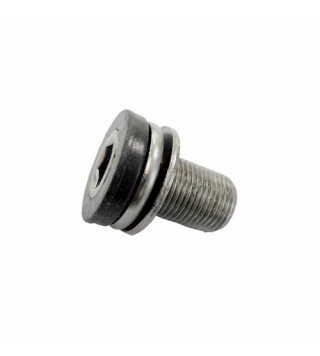Una opzione decisamente innovativa è la Handle Saddle. Nata nel 2017 la Handle Saddle è la sella per monociclo di nuova generazione sviluppata da Mad4One. Eccellente in robustezza, ottima in leggerezza e rigidità. Grazie alla formidabile maneggevolezza e alla grande affidabilità hai totale controllo del tuo monociclo su percorsi impegnativi e ripide discese. In combinazione con la MaAD-Extension offre la possibilità di personalizzare la posizione delle mani.
Anche in ambito pedivelle la scelta è veramente ampia. Partiamo dalle pedivelle standard ISIS UnicycleStuff a 1 foro, e arriviamo alle top di gamma MAD-Tecno o Agile 1, 2 o 3 fori. Tecno e AGILE sono realizzate con lo stesso stampo, anche il materiale è identico, ERGAL AL7075, la lega di alluminio che offre la massima resistenza e rigidità. Ma dove si differenziano? Nella fase di finitura le Tecno vengono smussate mentre le AGILE vengono ulteriormente fresate con diverse lavorazioni CNC che ottimizzano il peso senza compromettere in alcun modo la robustezza (sono -30% più leggere delle Tecno). Abbiamo inoltre cercato di ridurre il più possibile il fattore Q e ci siamo riusciti. Le pedivelle AGILE sono più strette rispetto allo standard ISIS. Il loro fattore Q è stato ridotto di 3 mm per lato, per un totale 6 mm. Un fattore Q ridotto migliora l'efficienza della pedalata (si genera maggior energia con più aerodinamica) soprattutto nelle alte velocità, come nella velocità su pista.


















